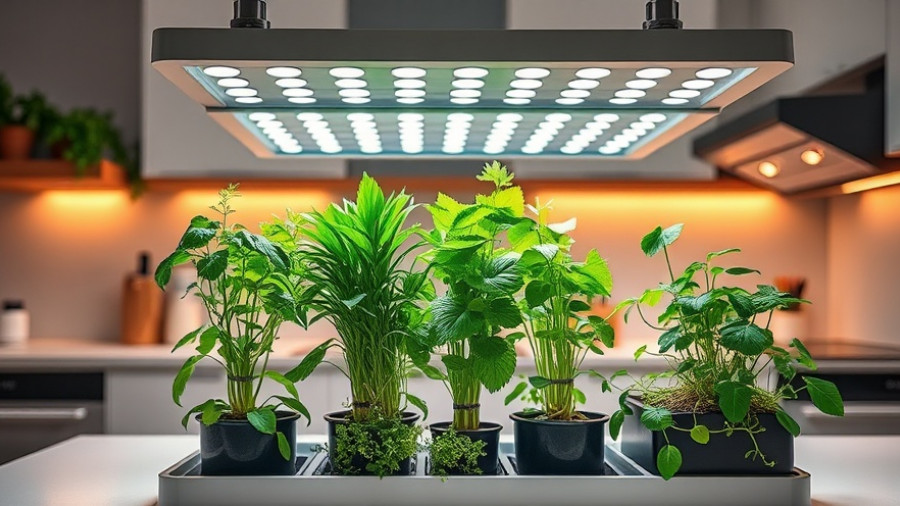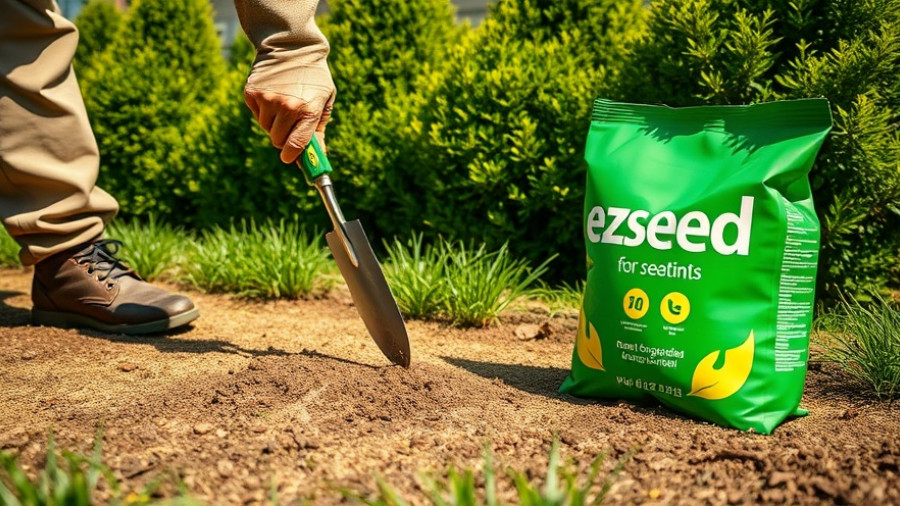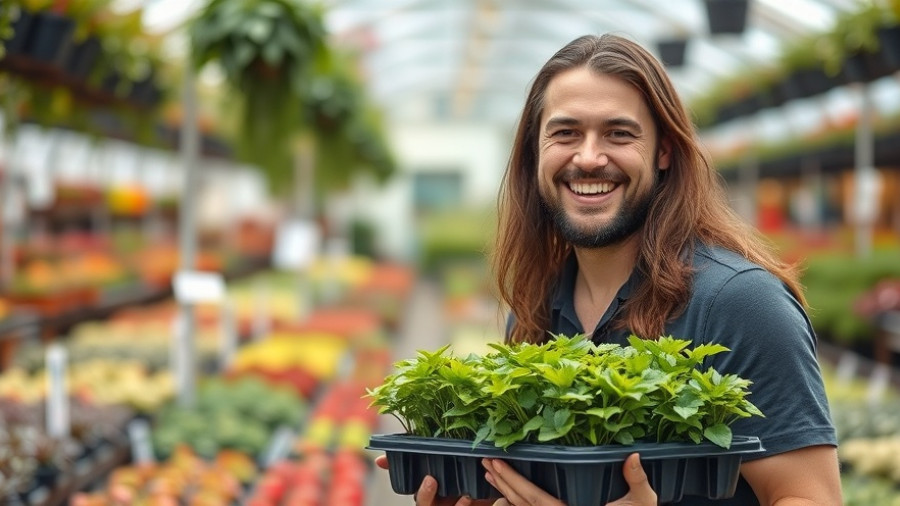
Creating Thriving Landscapes in Folsom and El Dorado Hills
Raised garden beds have gained popularity among gardeners, especially in the sunny climates of California, where homeowners strive for thriving vegetable and flower gardens. Successfully filling these beds with the right materials is crucial to achieving an optimal growing environment. From layering organic materials to choosing the proper soil mix, every step counts in nurturing your plants.
The Right Layers for Garden Bed Success
To fill a raised garden bed effectively, start with the fundamentals of layering. This approach not only enhances drainage but also encourages plant growth. The process begins with an organic base layer, such as cardboard or newspaper, designed to prevent weeds from invading your space. Remember to secure this layer in place with landscaping pins, ensuring it stays stable as you build upwards.
The next layer should consist of brown organic materials like twigs and small branches, which contribute to soil health as they break down over time. Importantly, avoid using larger logs that may retain water and introduce pathogens to your soil.
After your brown layer, add a green organic layer composed of plant waste, such as dried leaves and grass clippings. This layer will not only provide nutrients as it decomposes but also improve the overall structure of your soil. To further boost plant health, mix in decomposing compost, ensuring that the nutrients are readily available to your growing plants.
The Essential Top Layer: Choosing the Right Soil
The final and most significant part of your raised bed setup is the top two-thirds, which should be filled with a quality soil mix. An “Organic Raised Bed Soil Mix” is highly recommended, as it typically contains a balanced combination of topsoil, compost, and other materials that enhance drainage, aeration, and nutrient retention. Be sure to measure carefully, as an accurately filled bed promotes healthy root development.
Why Layering Matters: Understanding Soil Health
Layering your raised garden bed, including elements like green and brown organic materials, creates a thriving ecosystem. This practice helps maintain moisture balance, improve drainage, and feed your plants throughout the growing season. Implementation of these layers also mitigates soil compaction, a common problem in traditional gardening, ensuring that roots have access to the nutrients they need.
Gardening Tips for California Homeowners
For homeowners in Folsom and El Dorado Hills who enjoy DIY garden projects, consider integrating these tips into your routine: regularly check your drainage and be attentive to how your plants are adapting to their environment. Each garden is unique; thus, annual assessments are key in maintaining soil health and ensuring bountiful harvests.
As you venture into filling your raised garden beds, remember that patience is equally important. With the right layers and conscientious care, your gardening endeavors will undoubtedly flourish!
 Add Row
Add Row  Add
Add 




Write A Comment